Produced on the occasion of Tony Conrad’s retrospective at the Albright-Knox Art Gallery, Buffalo (2018), MIT List Visual Arts Center and Carpenter Center for Visual Arts, Harvard University (2018/2019) and ICA, University of Pennsylvania (2019). With texts by Rachel Adams, Vera Alemani, Constance DeJong, Diedrich Diederichsen, Anthony Elms, David Grubbs, Henriette Huldisch, Branden W. Joseph, Andrew Lampert, Christopher Müller, Annie Ochmanek, Tony Oursler, Tina Rivers Ryan, Jay Sanders, Paige Sarlin, Christopher Williams.
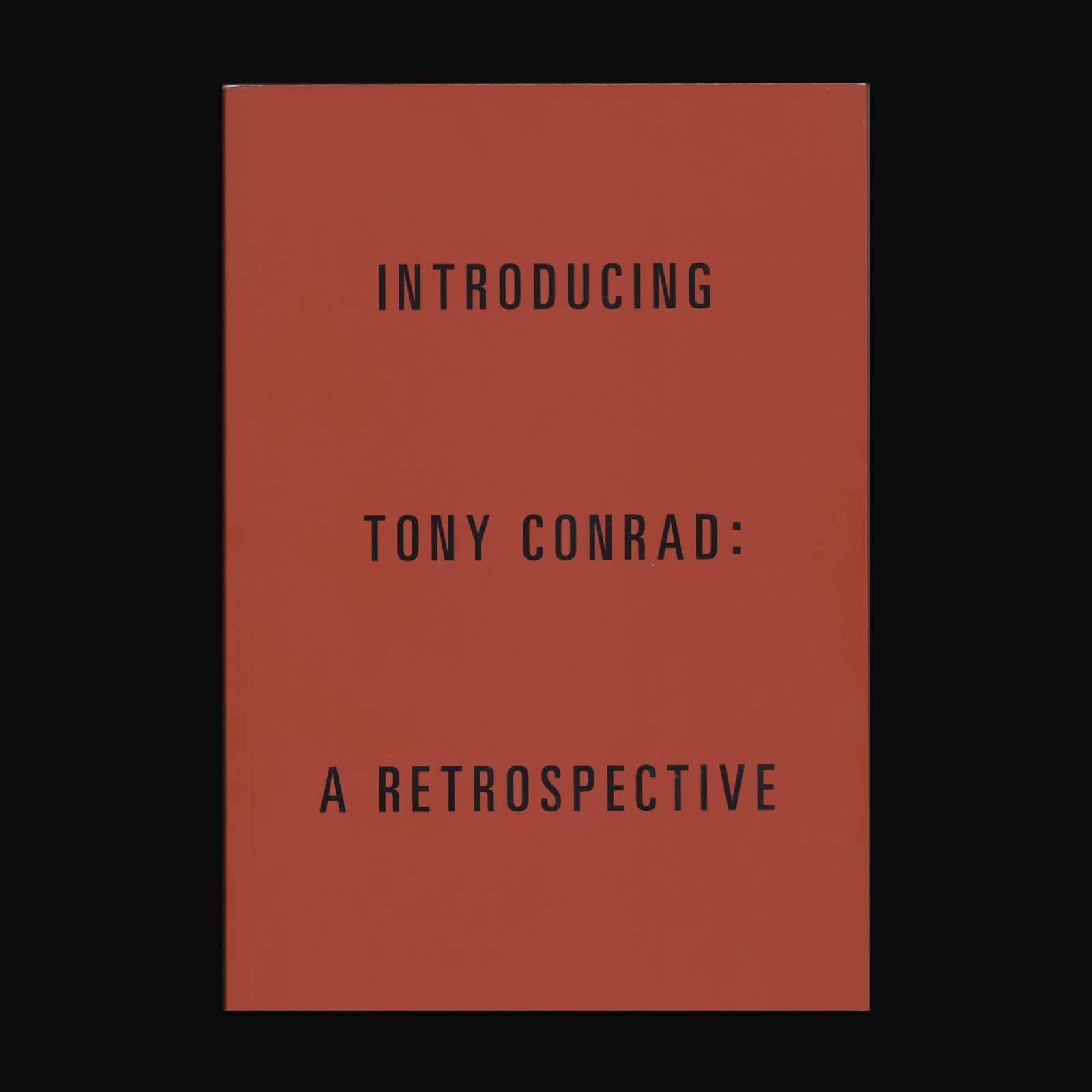
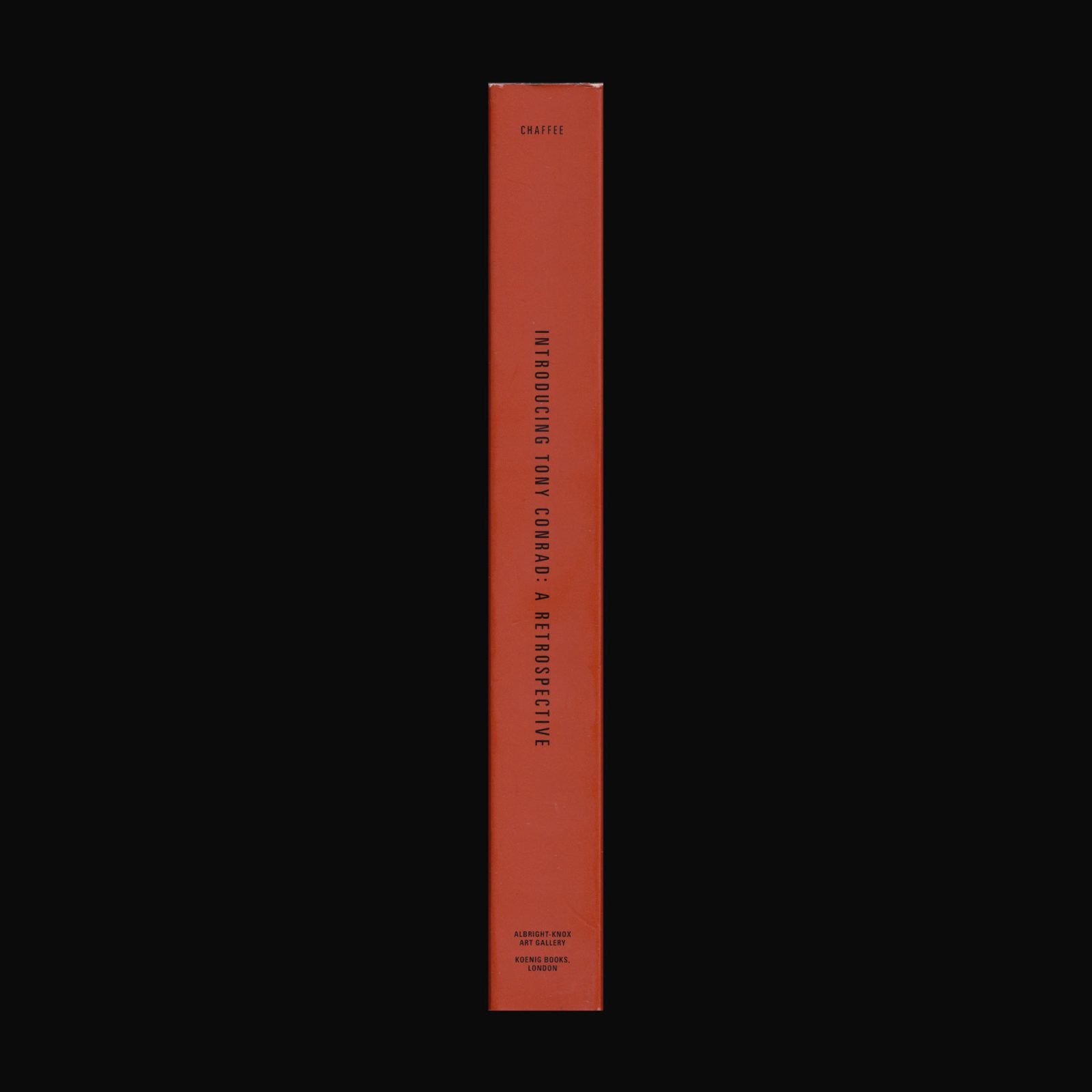
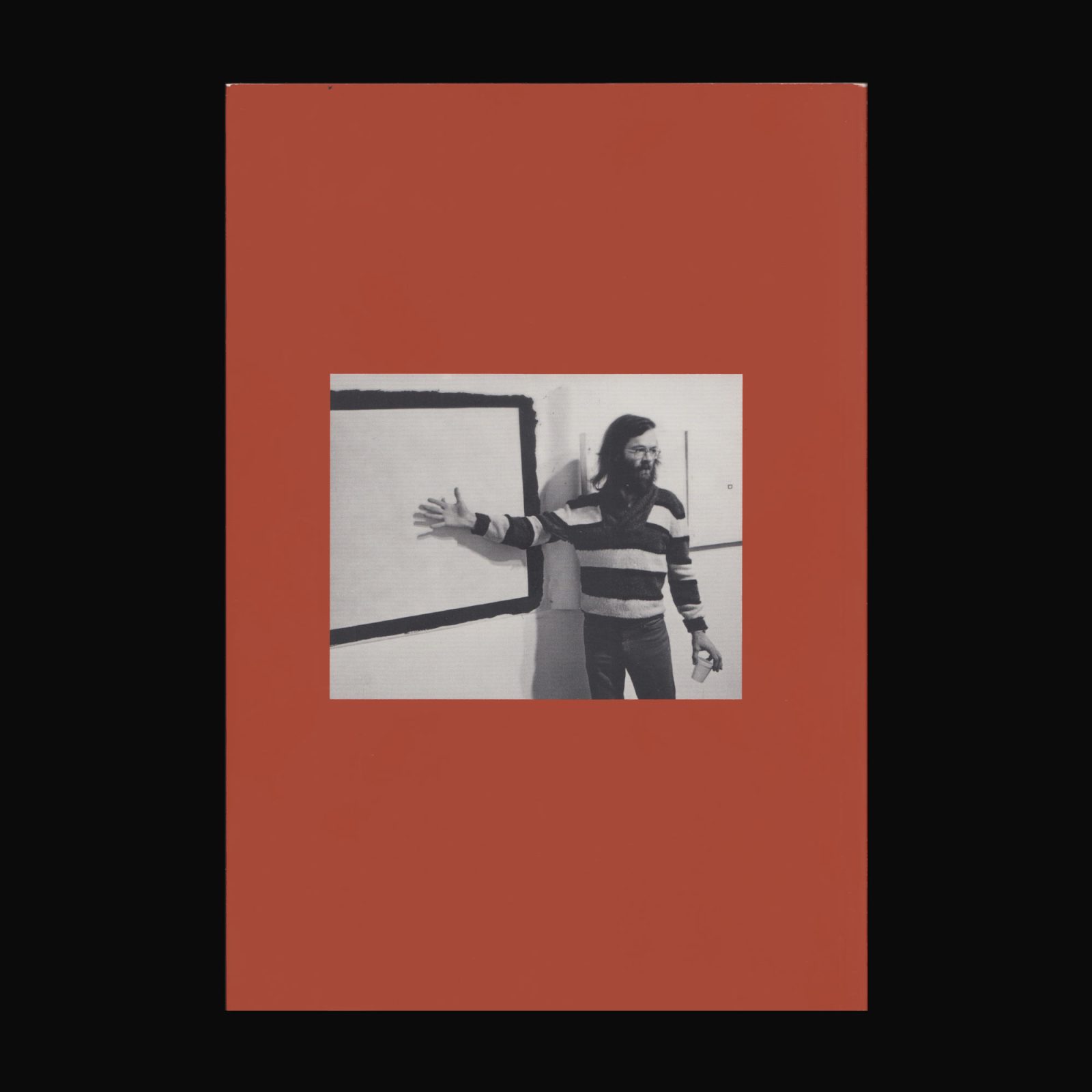
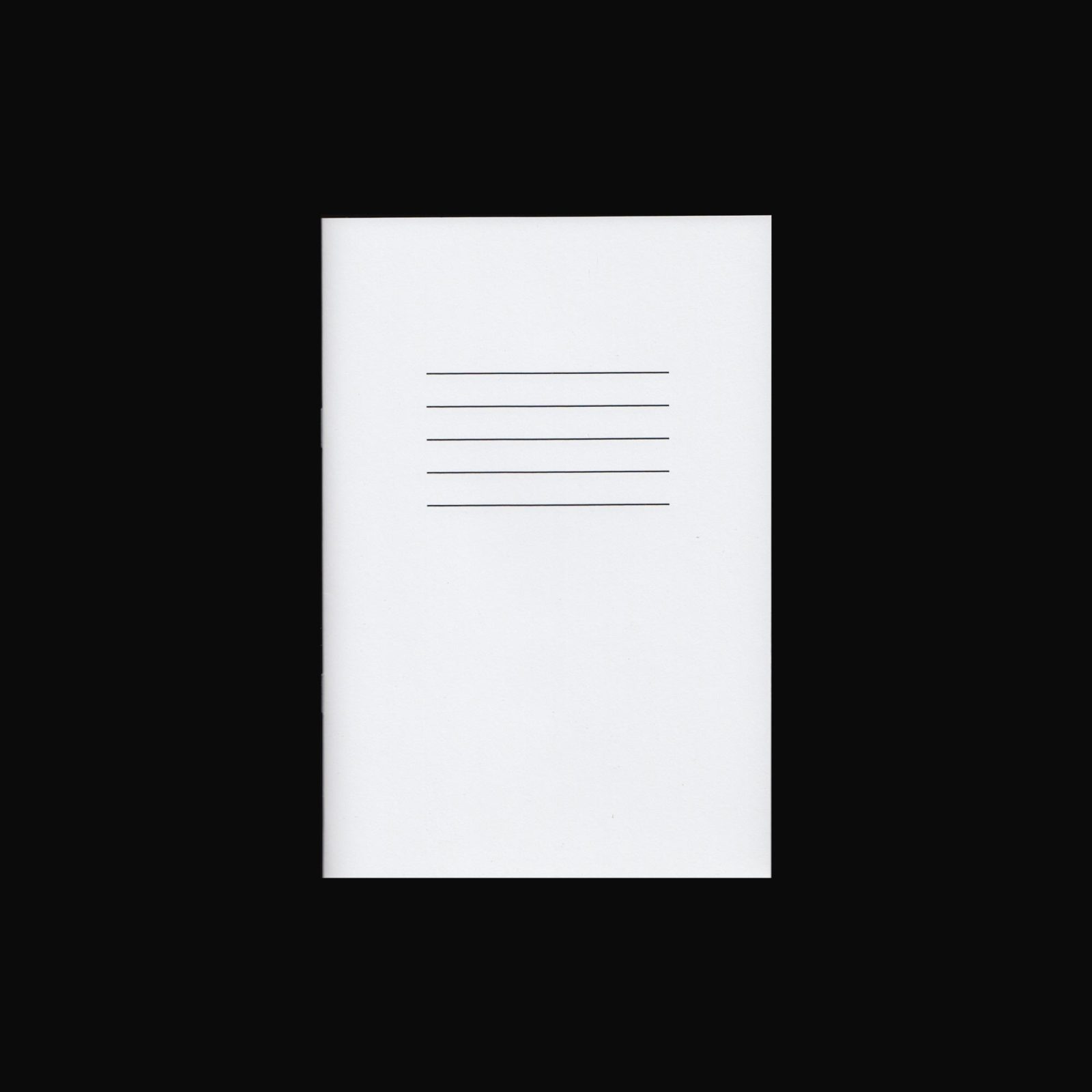
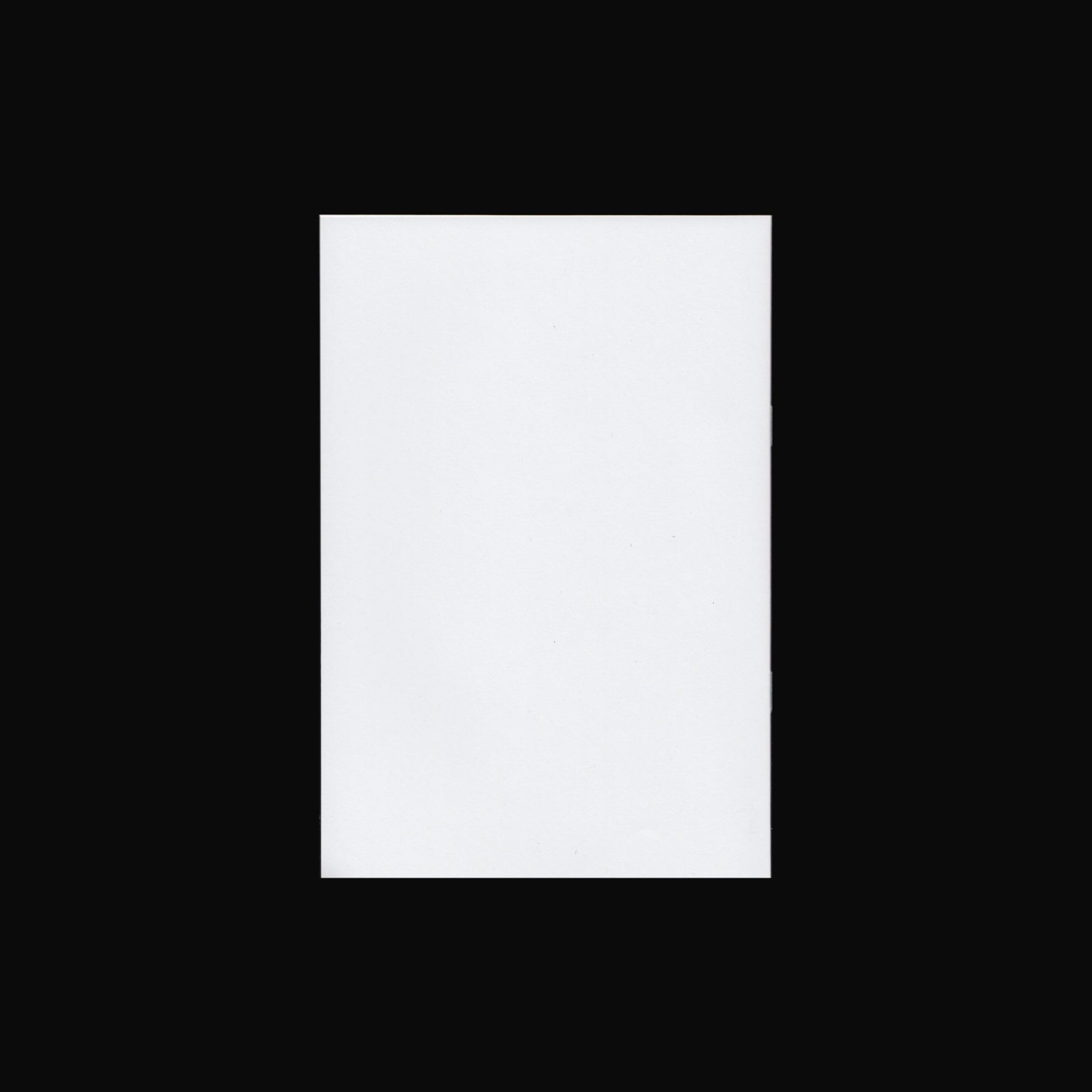
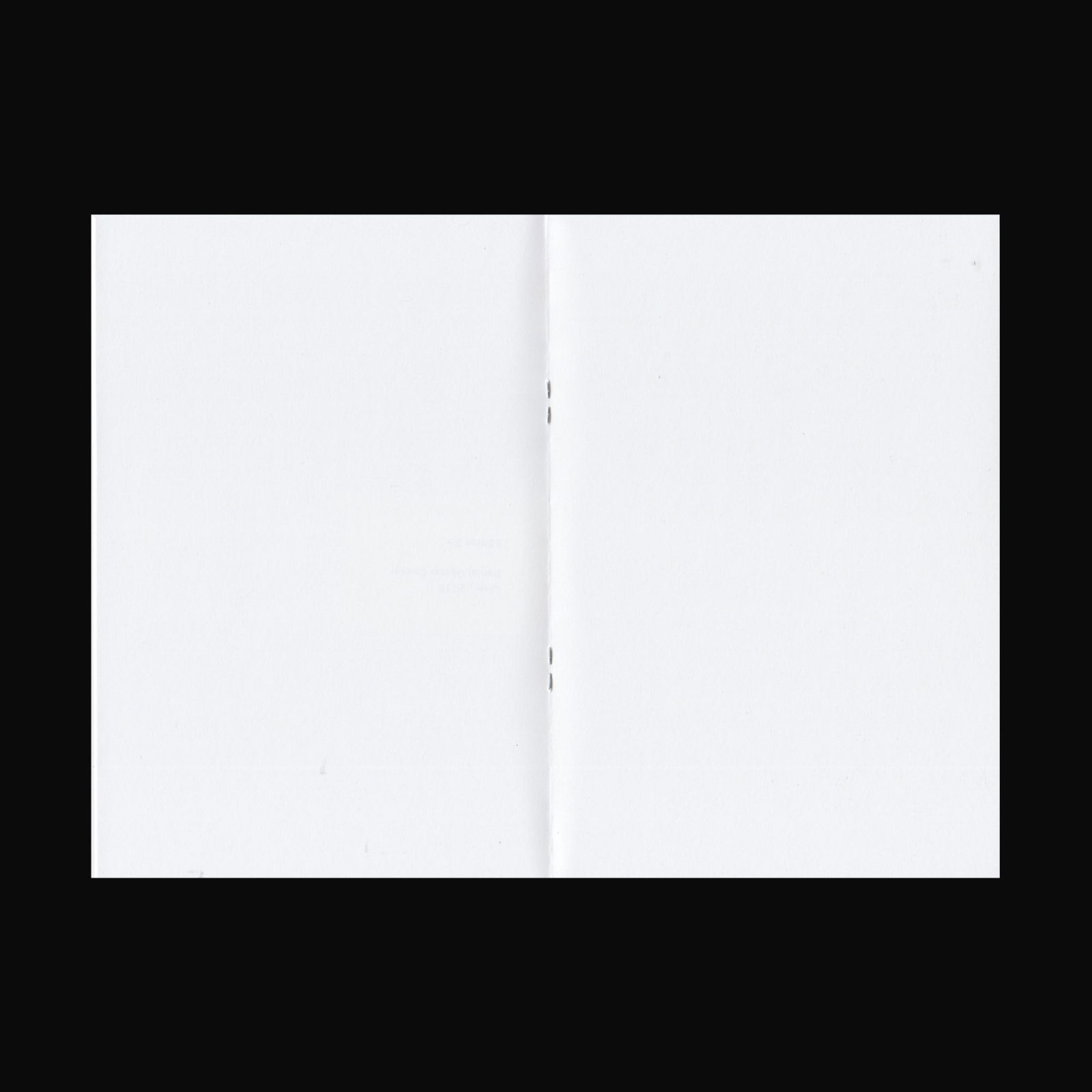

A publication containing 5 horizontal lines.
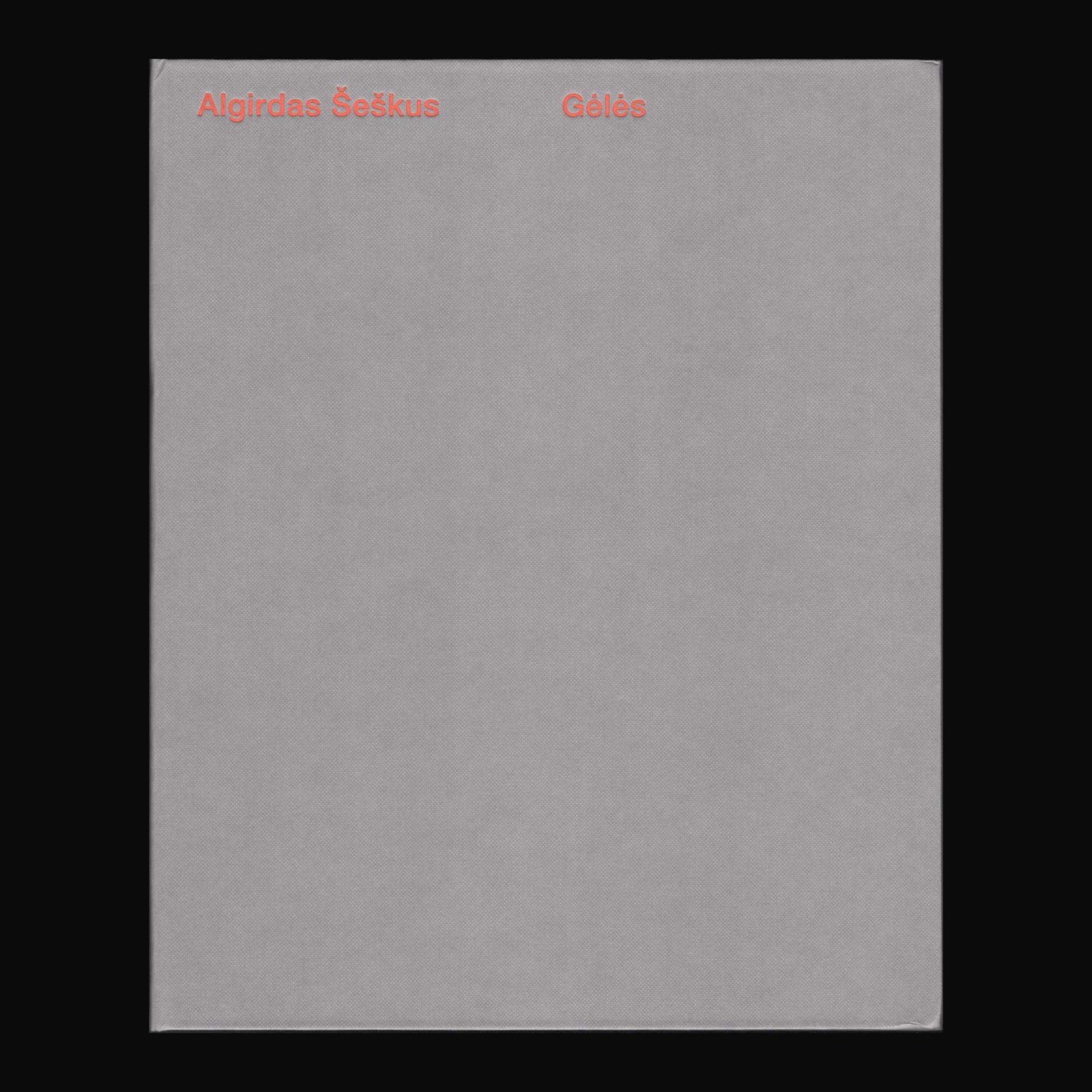

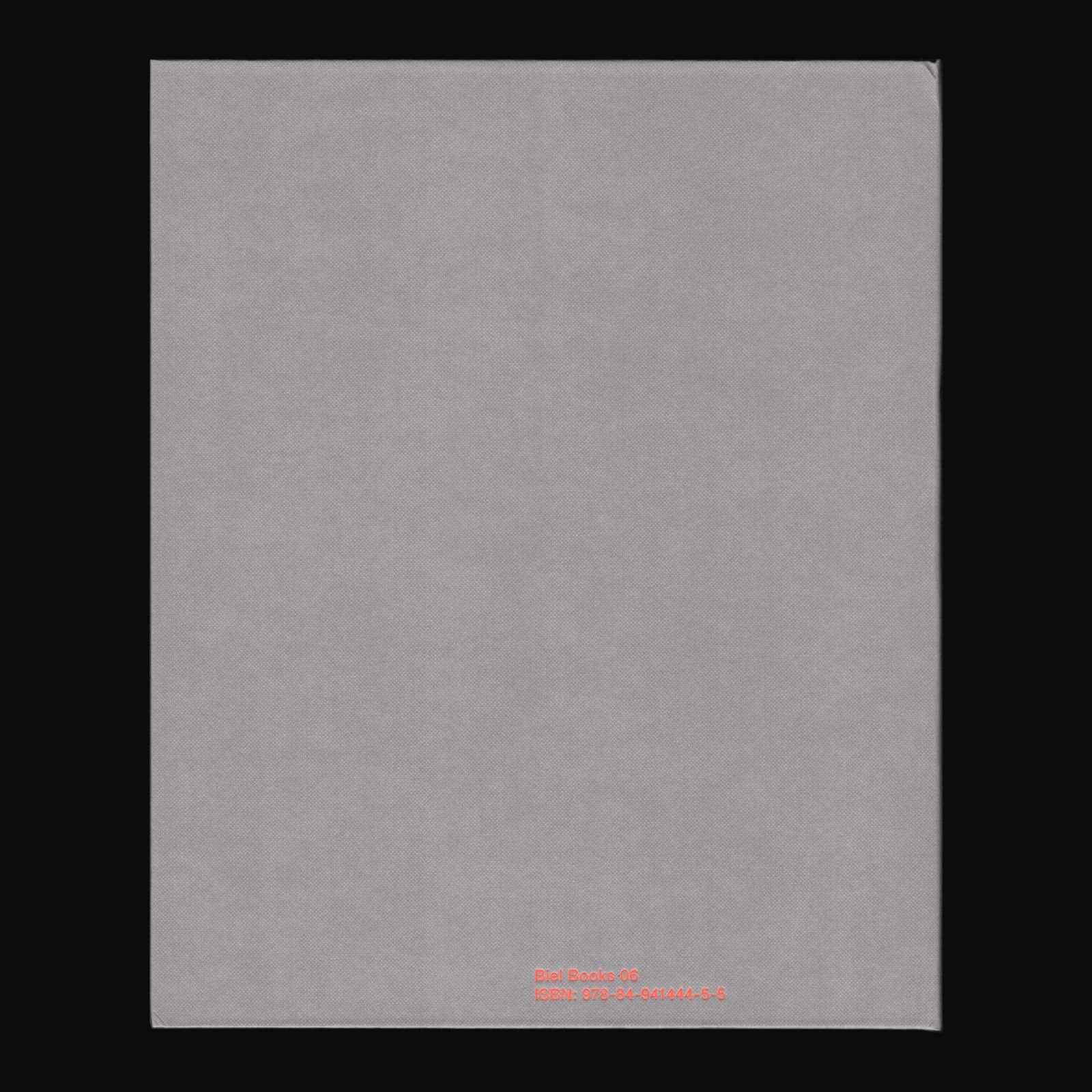
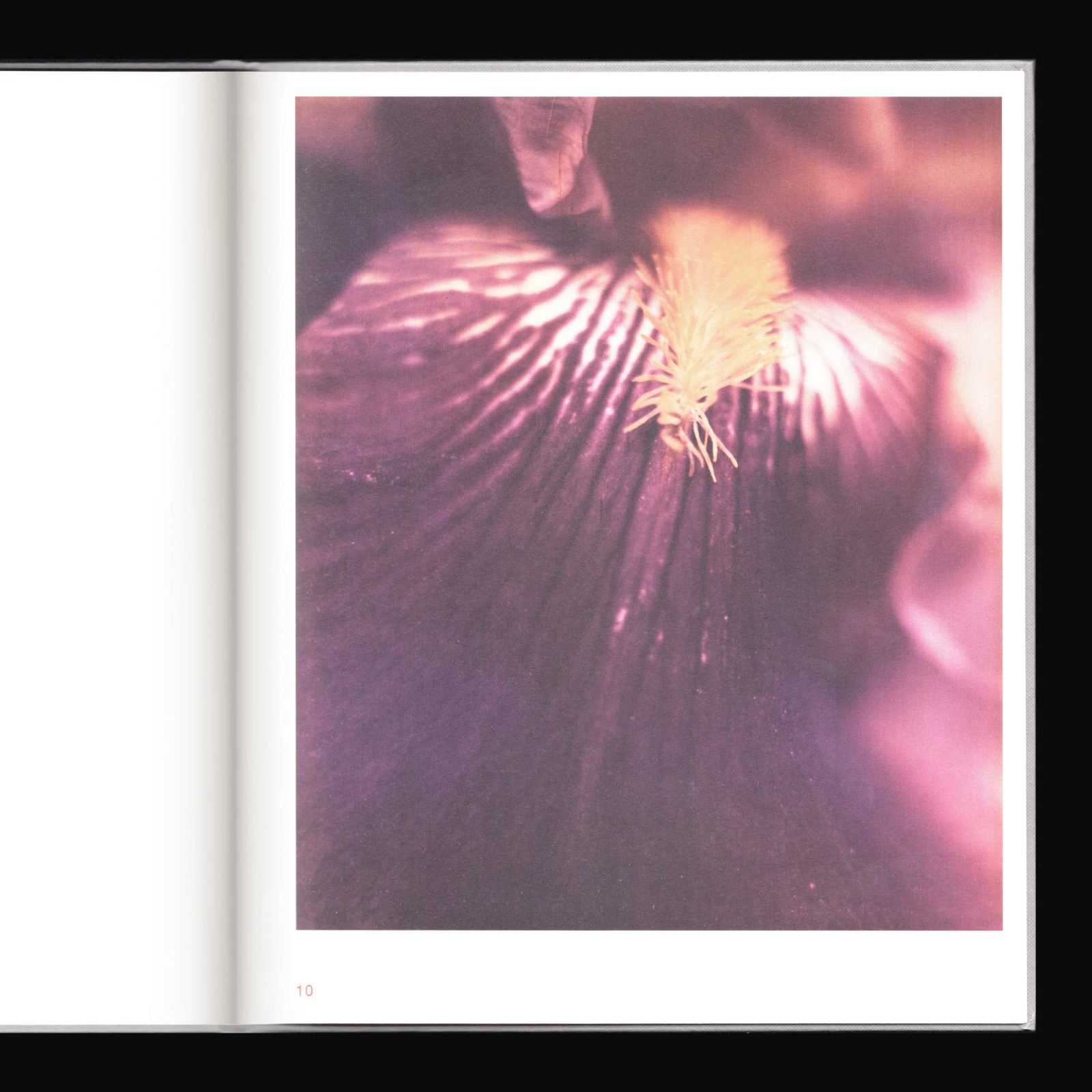
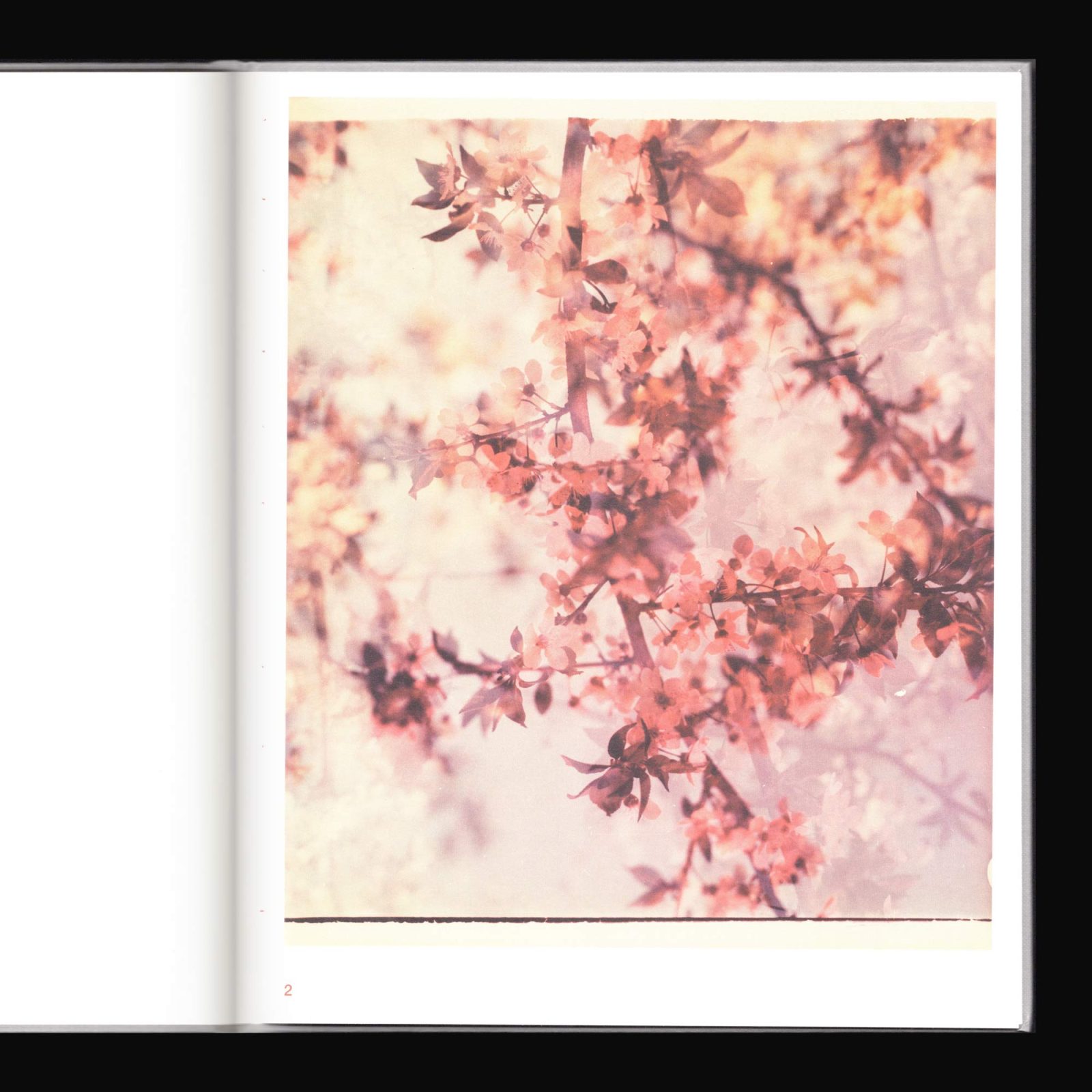
Gėlės, flowers in Lithuanian, features an extremely rare series of pictures taken by photographer Algirdas Šeškus in the 1980s. The series is comprised of ten portraits of flowers originally commissioned as decor for an institutional building in the then Lithuanian Soviet Socialist Republic. Yet, decoration wasn’t their only purpose. In reality, the flowers were intended to lift the spirit of the workers, making them happier and more productive. Expectations that Šeškus’ images were unable to fulfill. Not finding them encouraging enough, the authorities in charge deemed the photographs unfit for the task and rejected them. And that’s how they ended up forgotten under the photographer’s couch, where they remained for the last 40 years, until now. Eventually, it is due to their quiet, dramatic character that these photographs outlived their socialist duty and reached our days. Never exhibited or published before, this book presents the complete series of rejected flowers, along with a brief account of the episode written by Šeškus. Sorrowful, yet strikingly erotic, these images ultimately belong to today: a time unfit for the uplifting.
Editied and designed by Gabriel Pericàs.
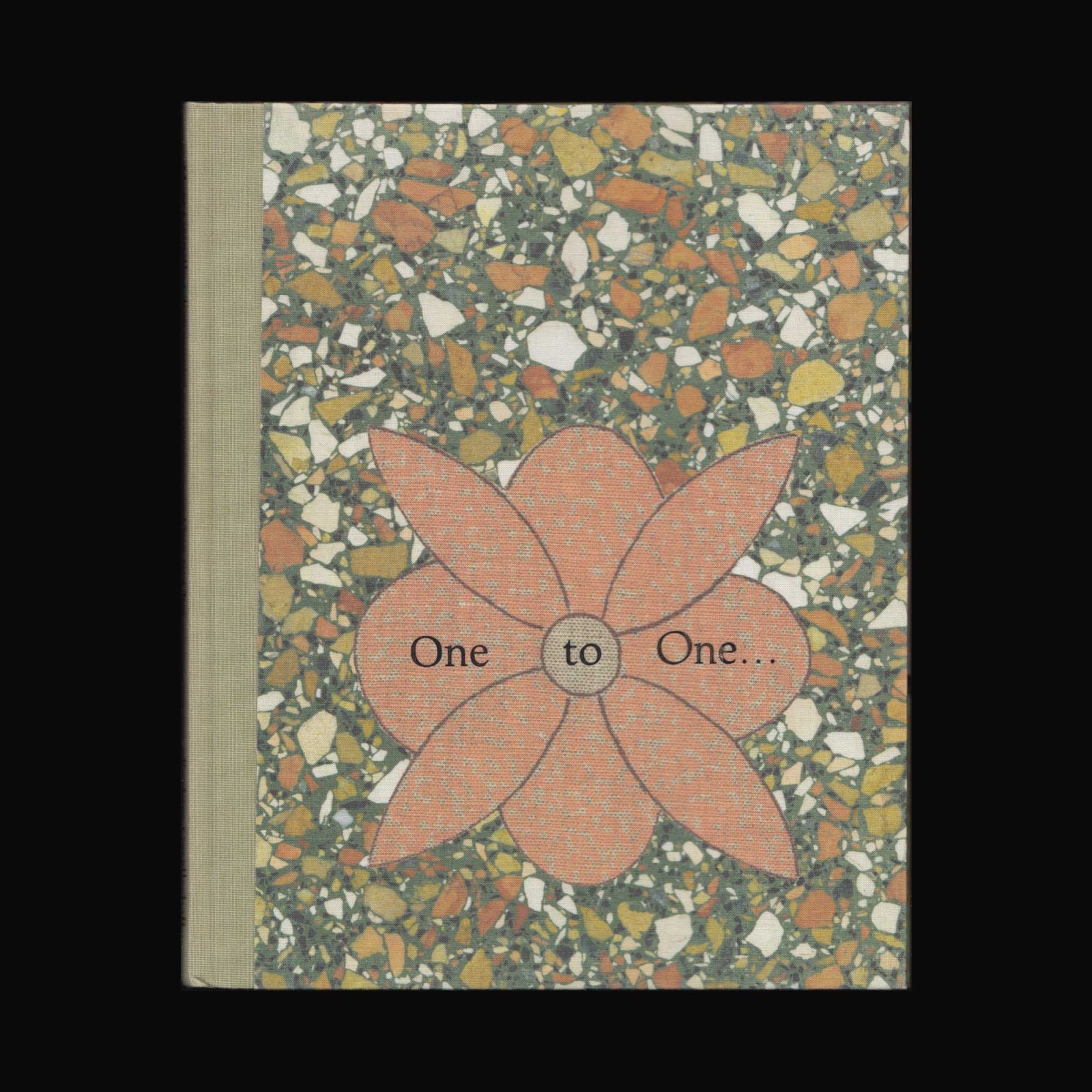

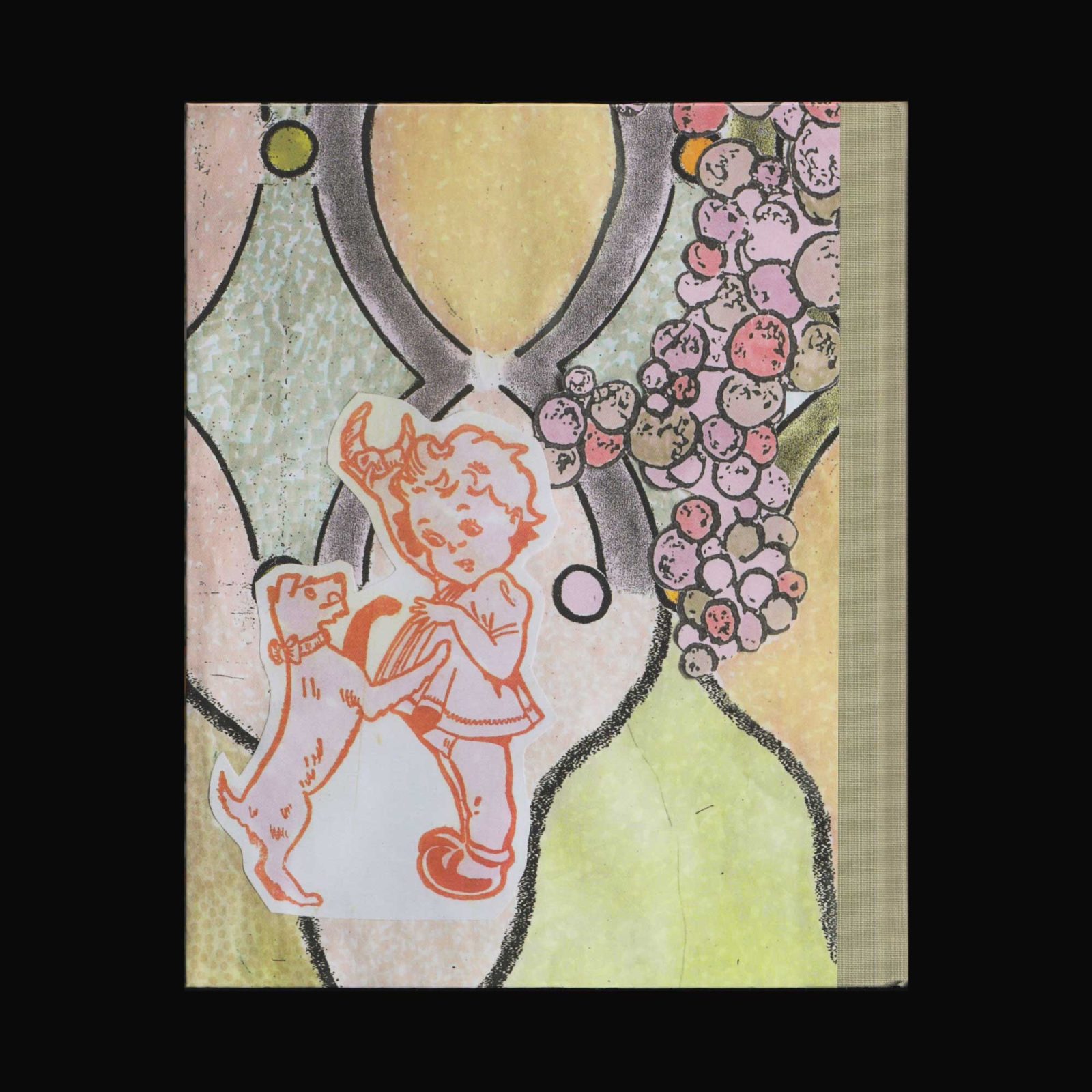
Produced on the occasion of the exhibition One to One at Kestner Gesellschaft, Hanover, 29 September, 2017–7 January, 2018. With a text by Kirsty Bell.
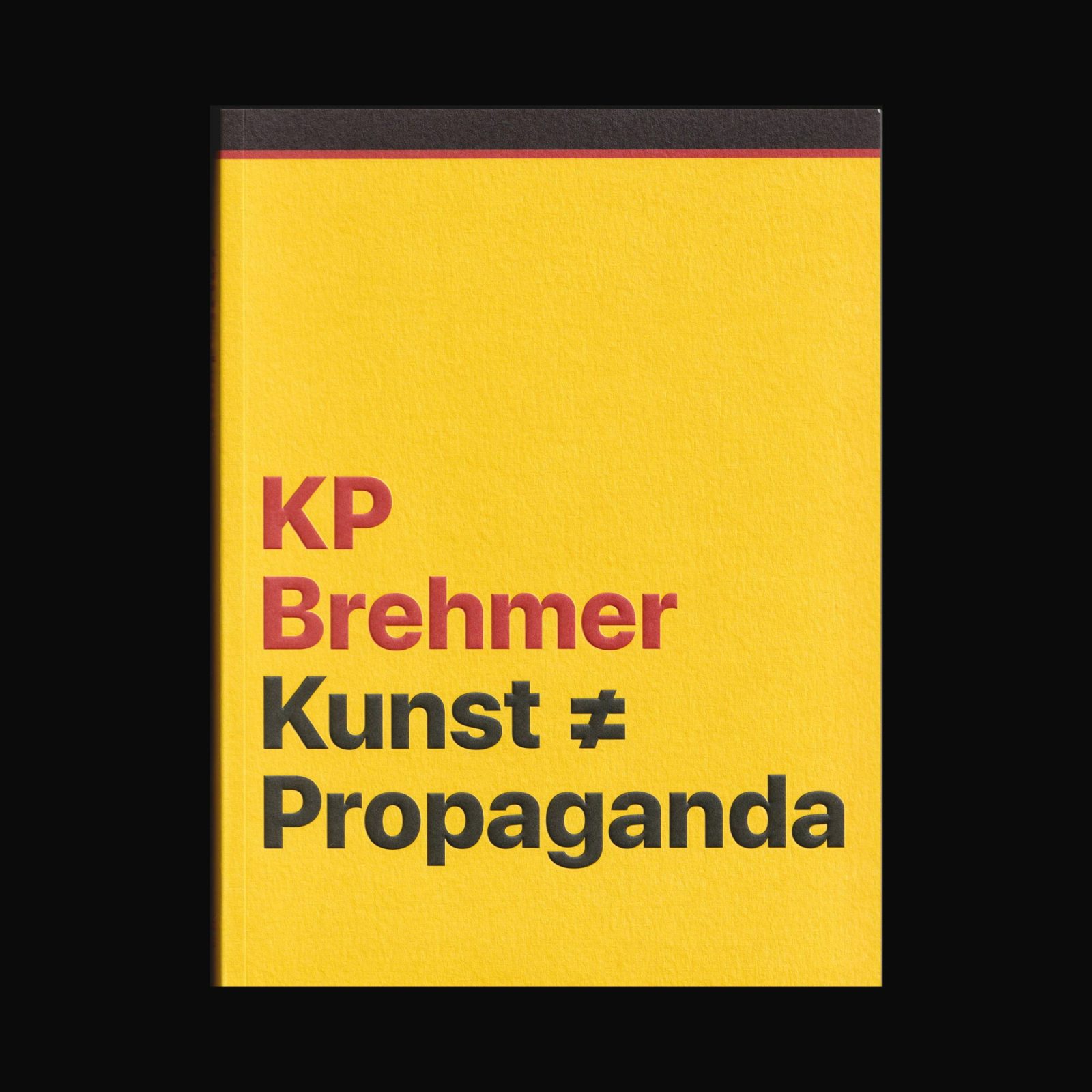
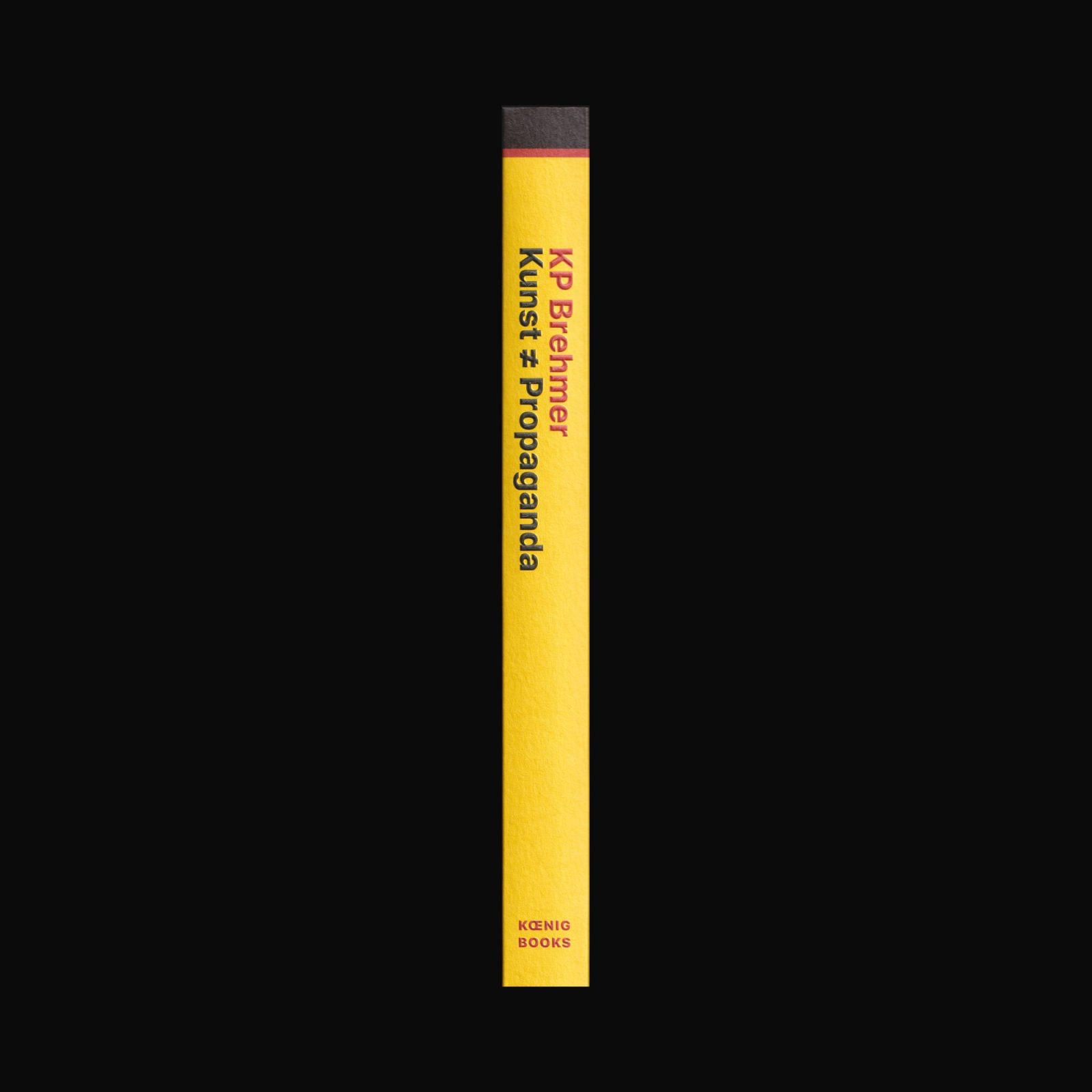
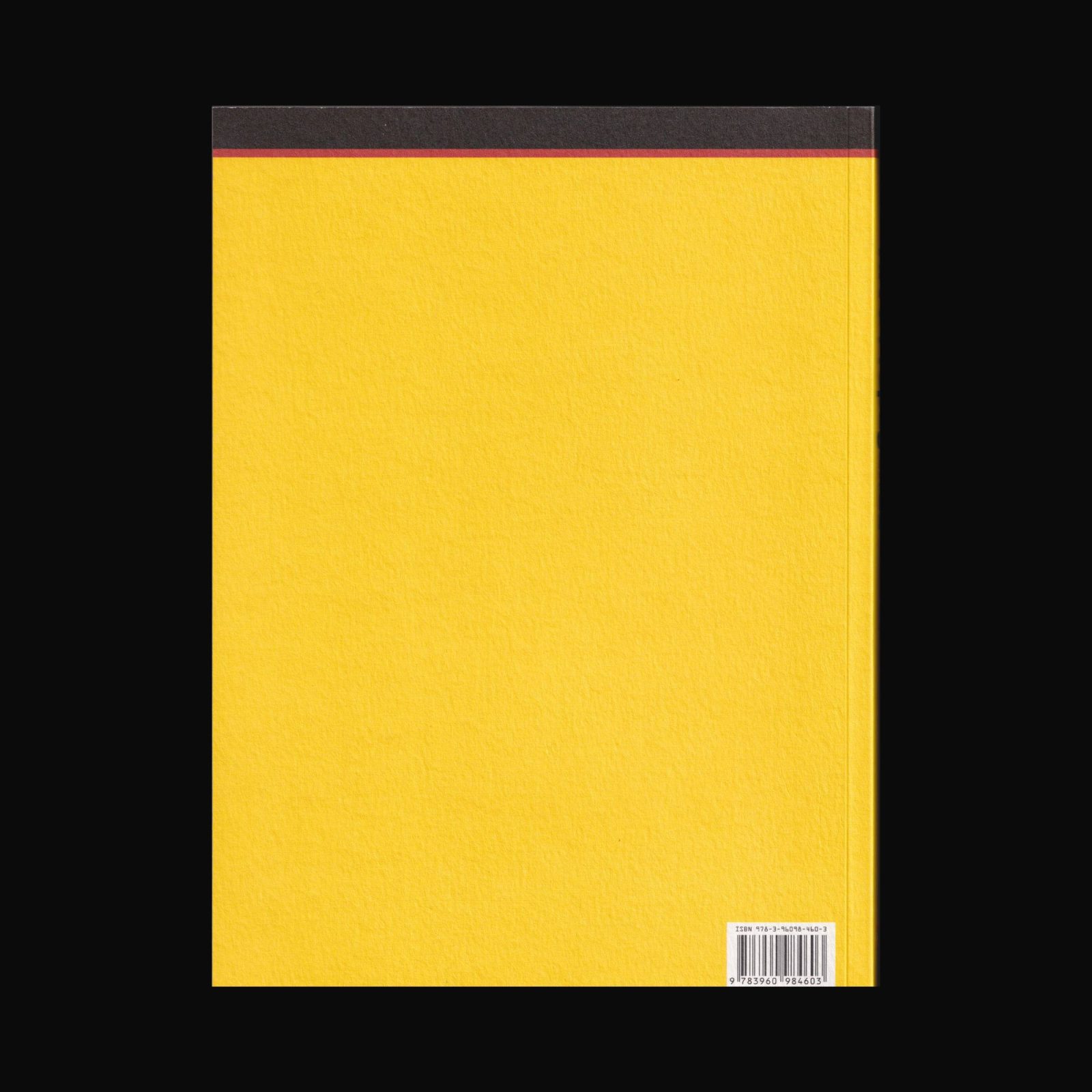
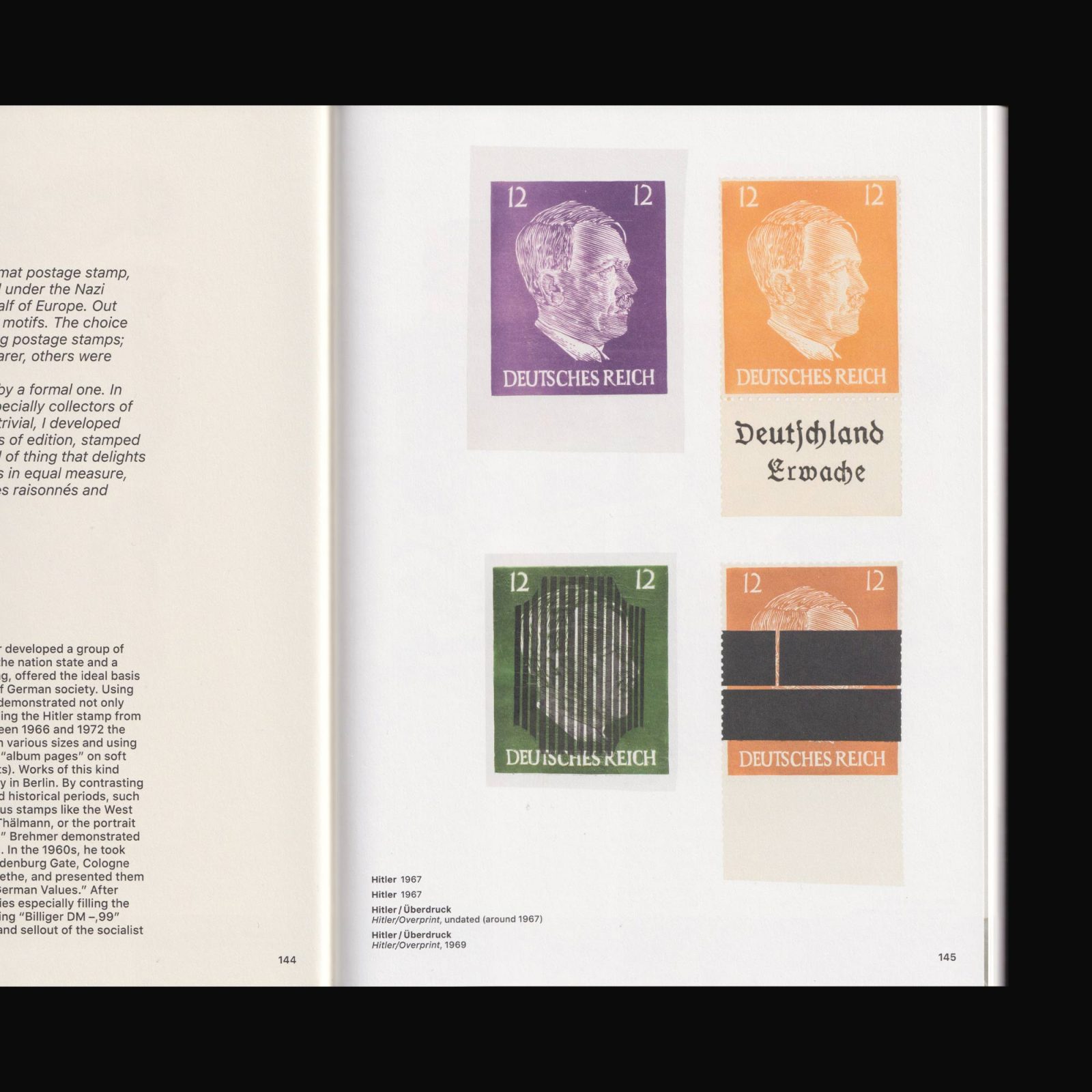
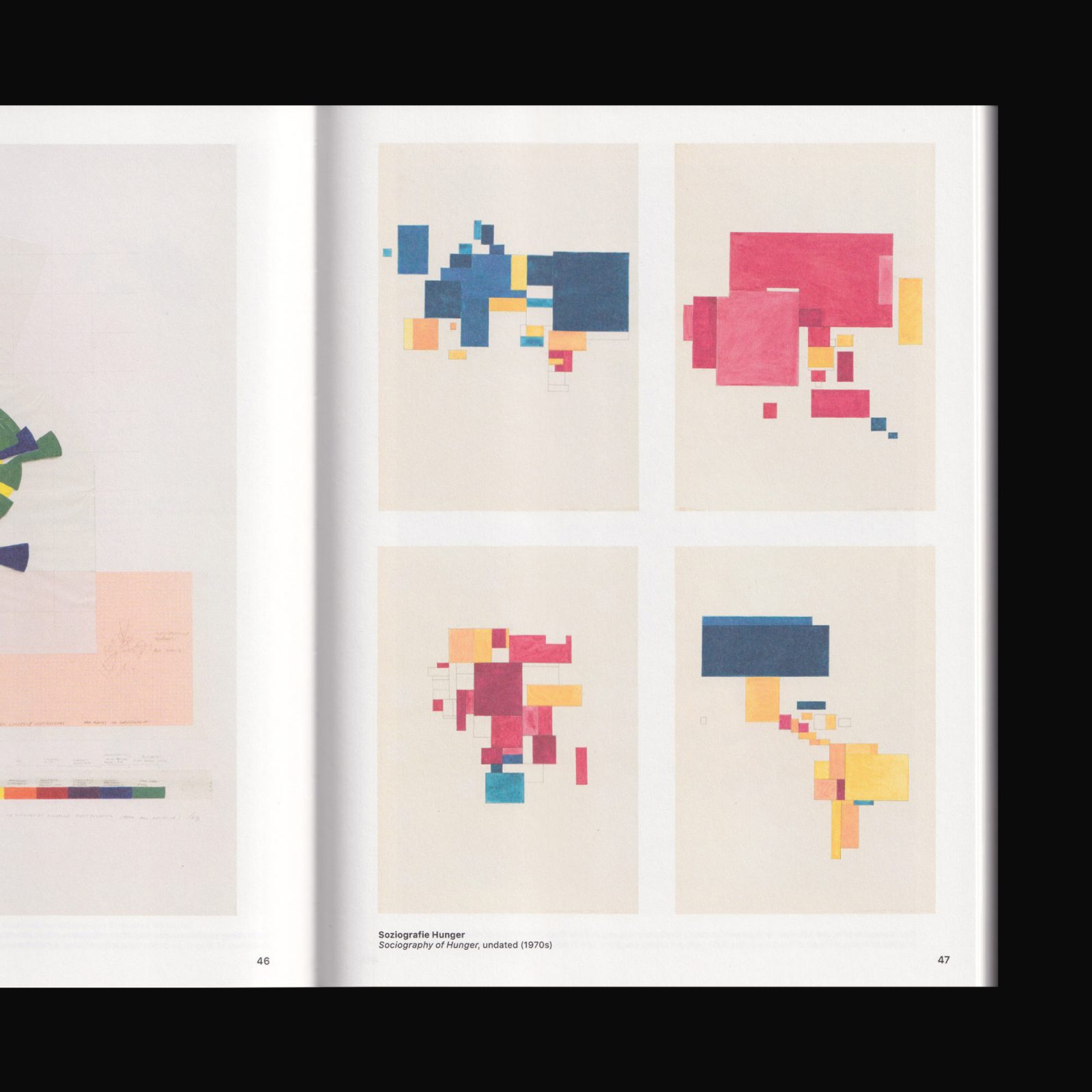
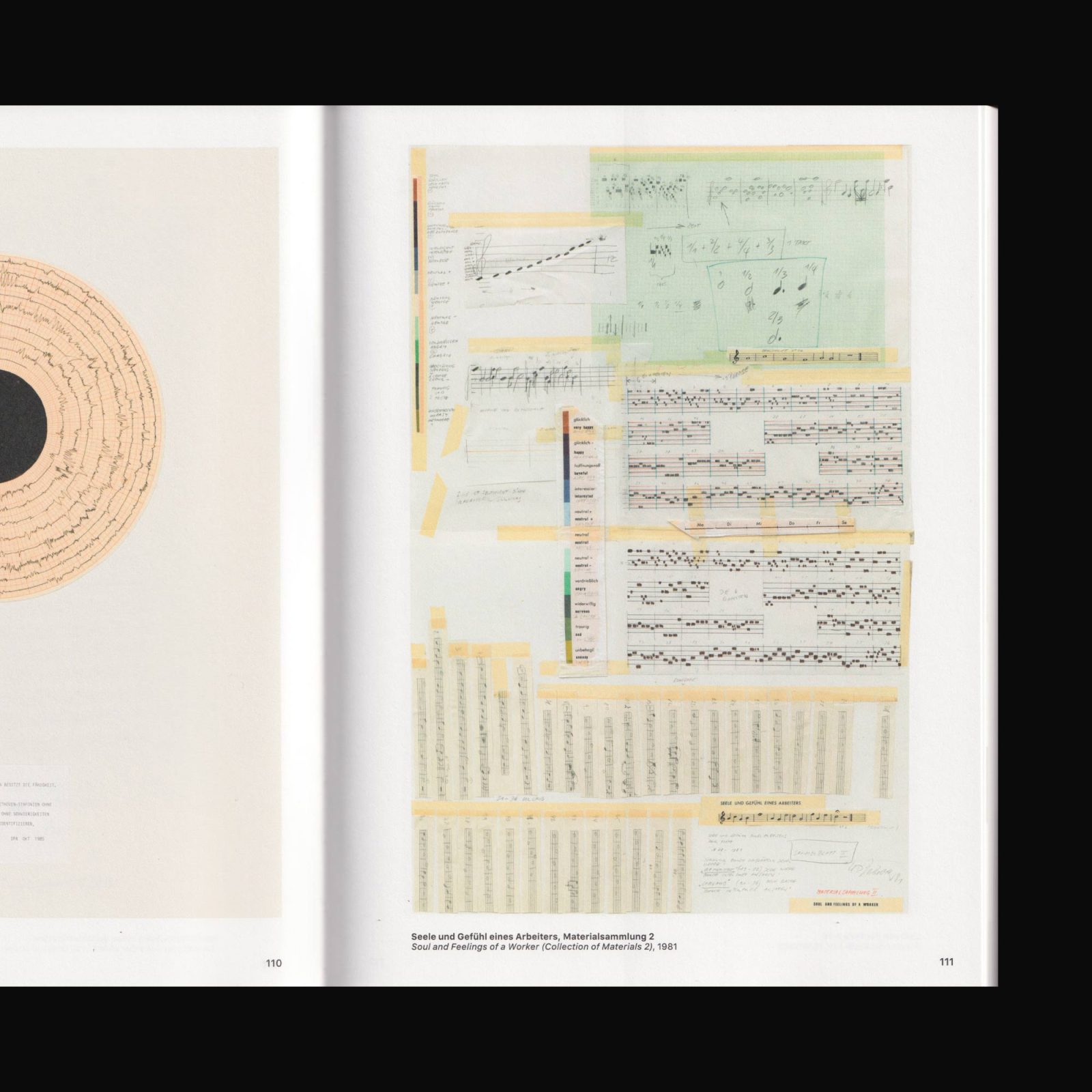
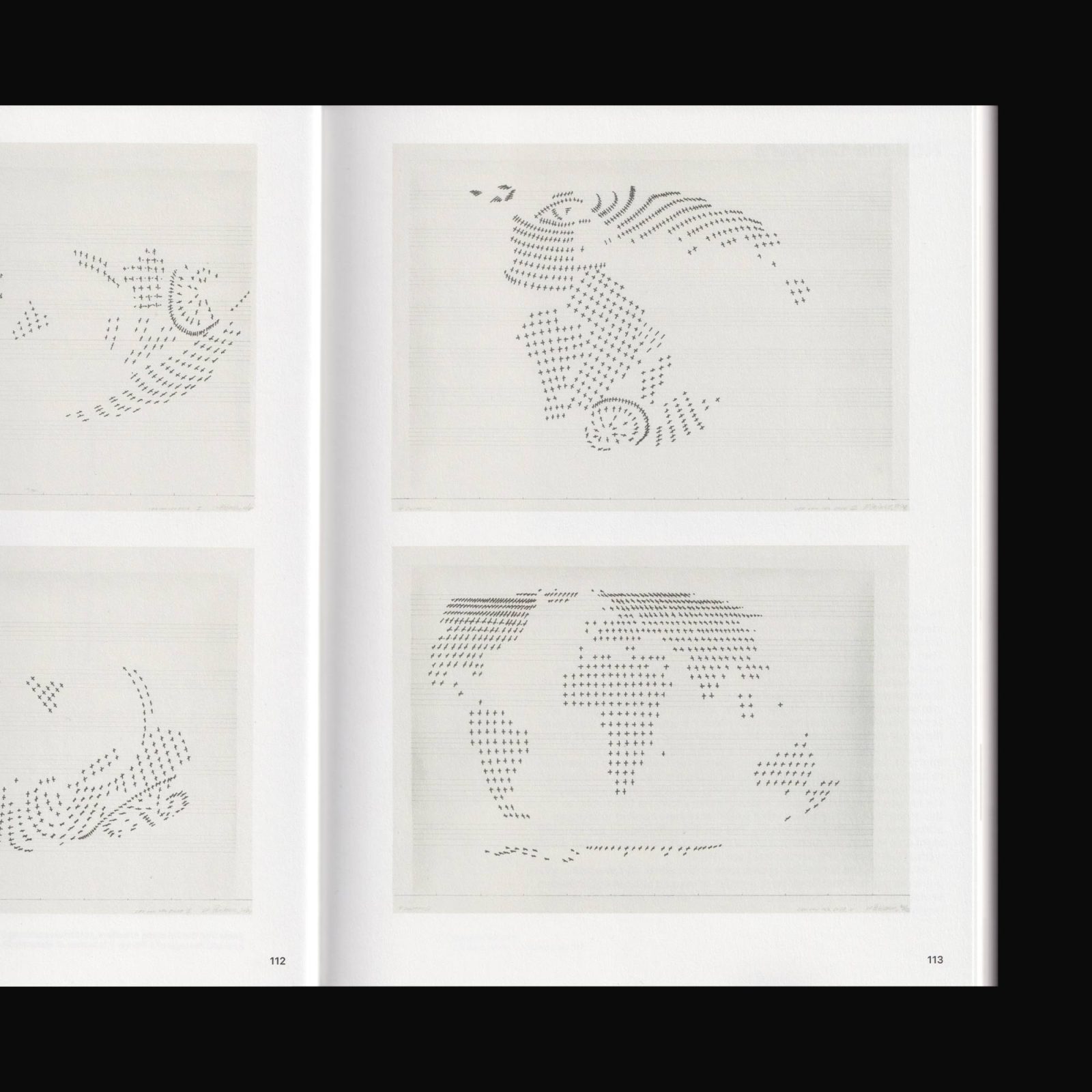
This comprehensive book on the work of the “capitalistic realist” KP Brehmer, who engaged with sociopolitical issues and tackled the visual media of the BRD and the conditions of capitalist image production and reception in a complex manner, is published on the occasion of what would have been his 80th birthday. He left behind a diverse, experimental, analytic and humorous oeuvre, which poses questions that are again becoming increasingly topical. In it he made use of image material from advertising and political propaganda in the form of posters, images from public television and from magazines and newspapers, which he presented in an altered context in the form of graphic art, paintings, printed editions, books or films. In collaboration with the artist’s estate and his former gallerist and collector René Block, the catalogue offers a multifaceted insight into work of KP Brehmer and facilitates a revaluation of the work.
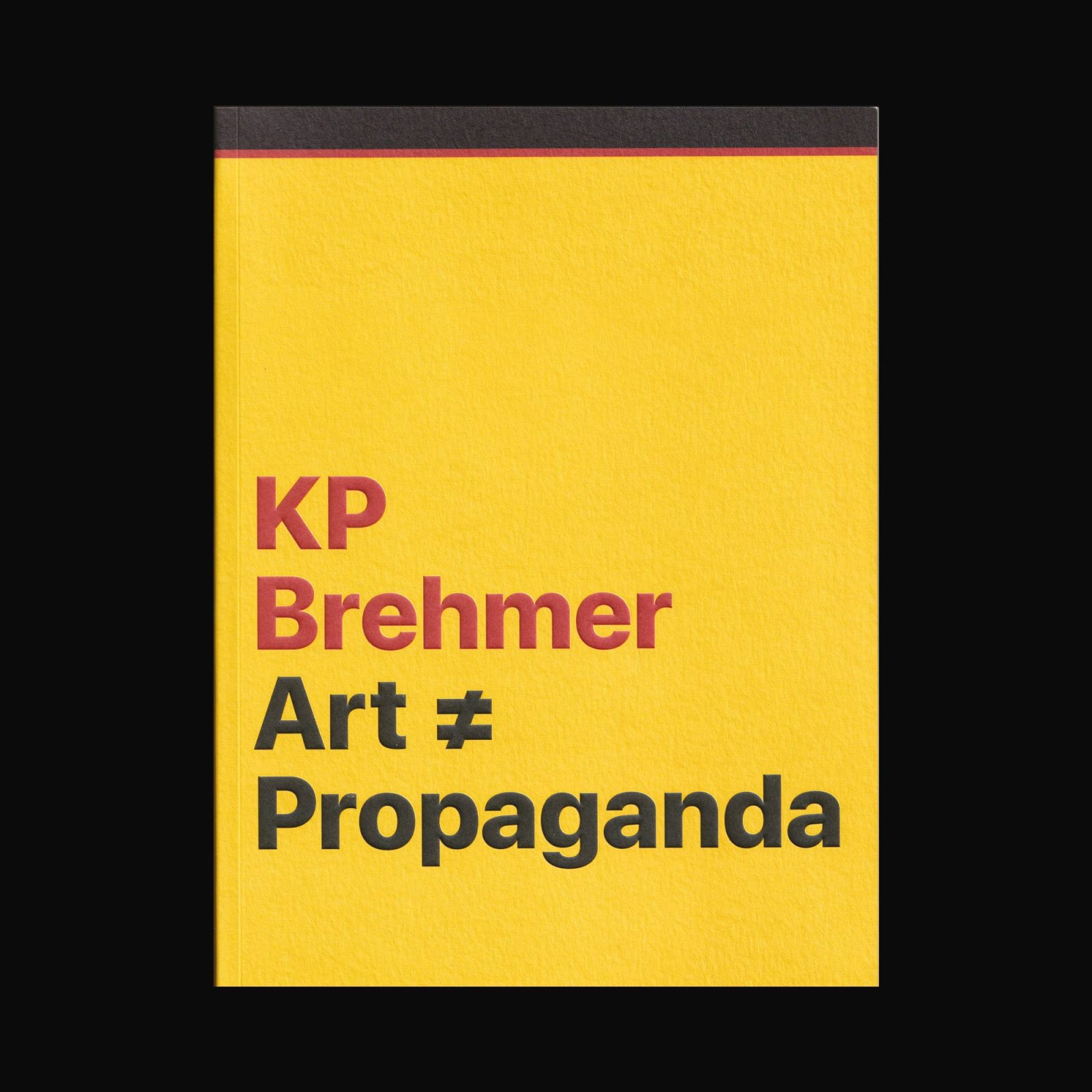
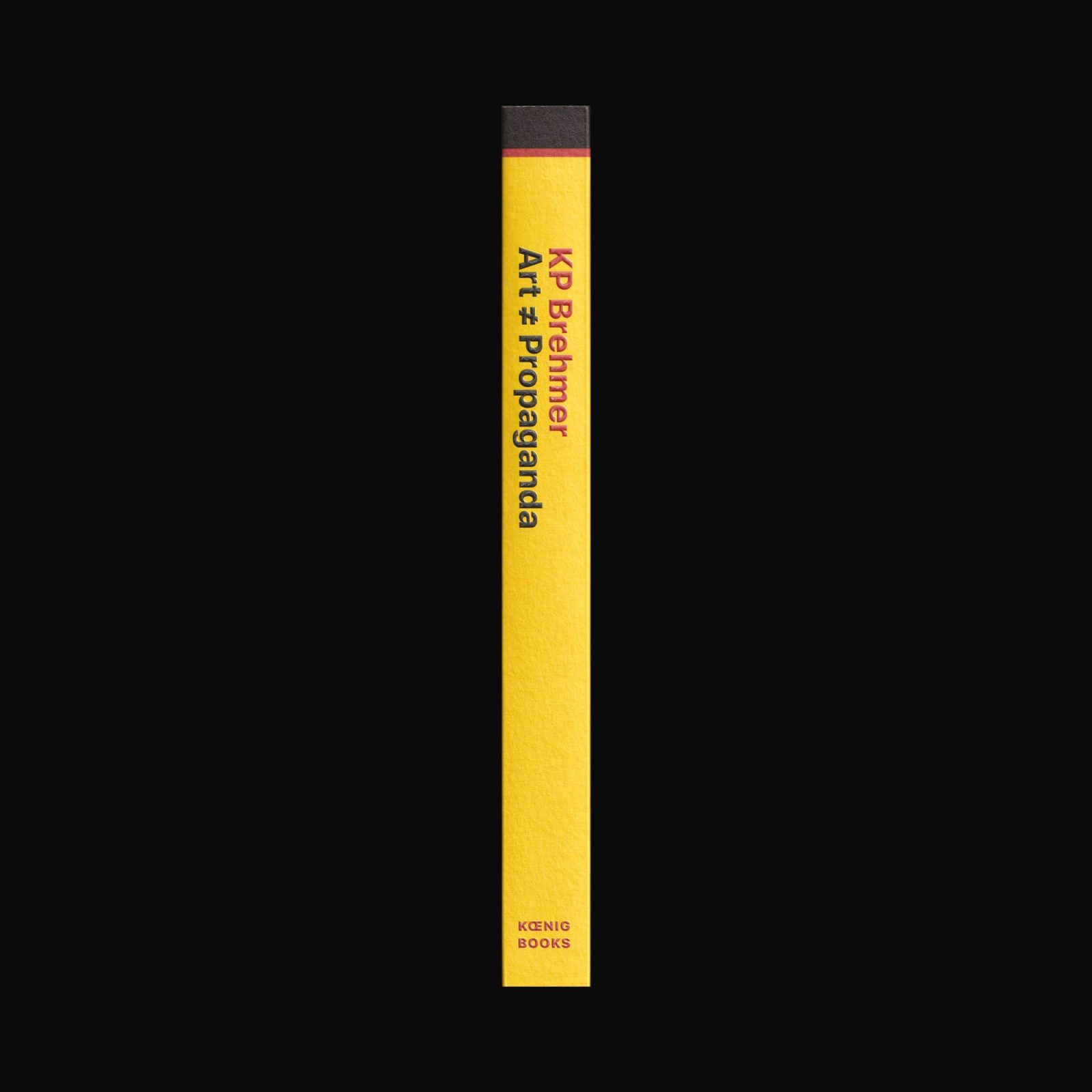
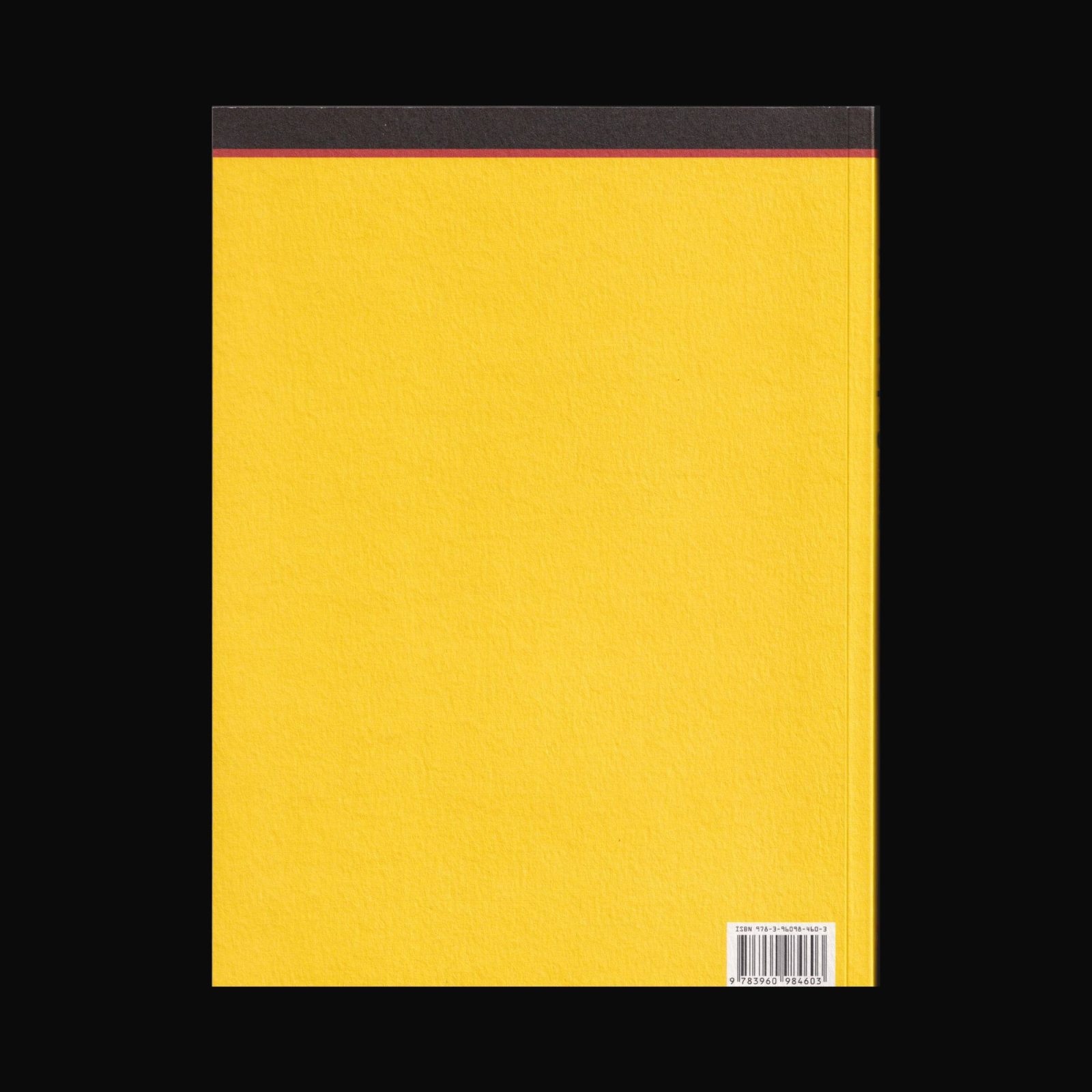
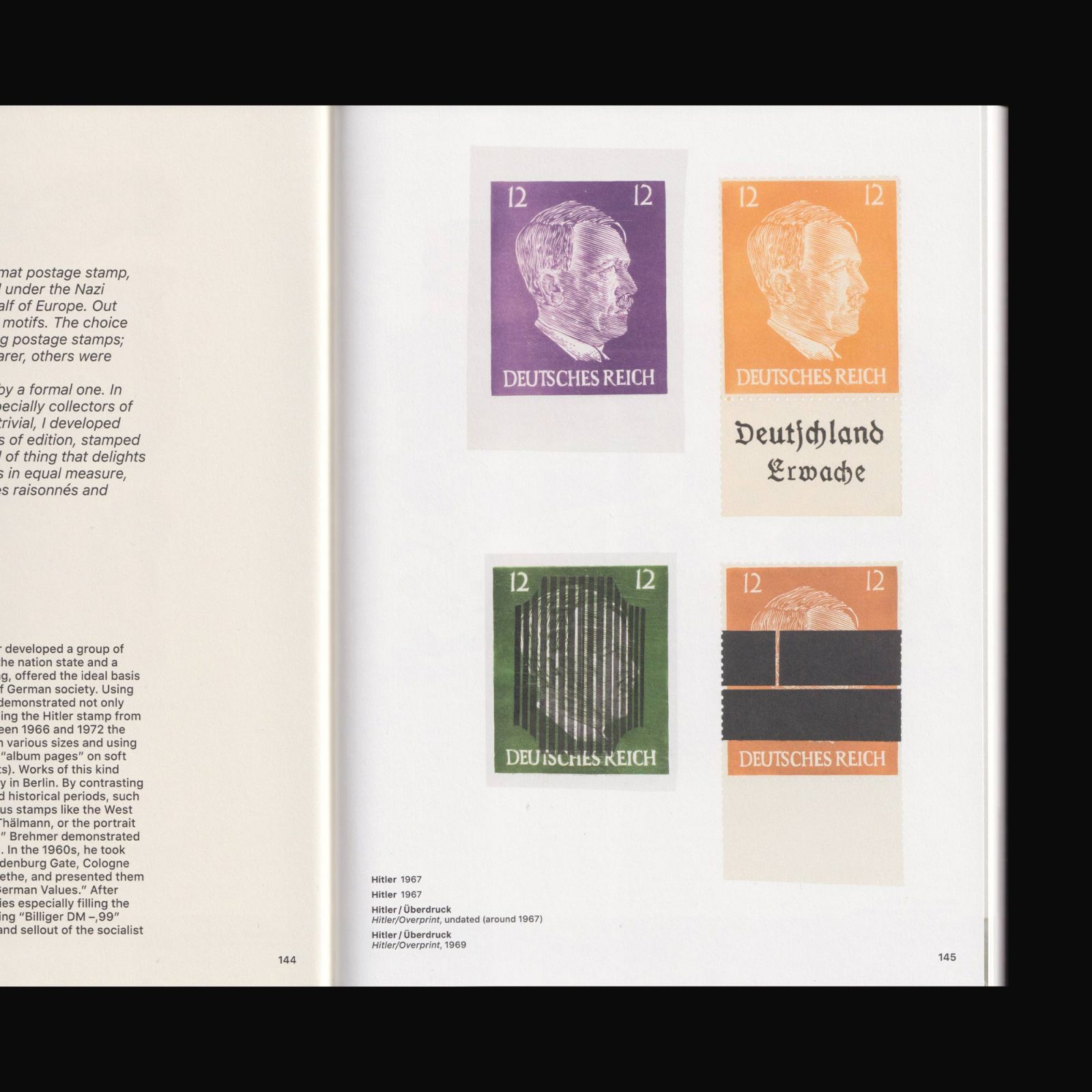

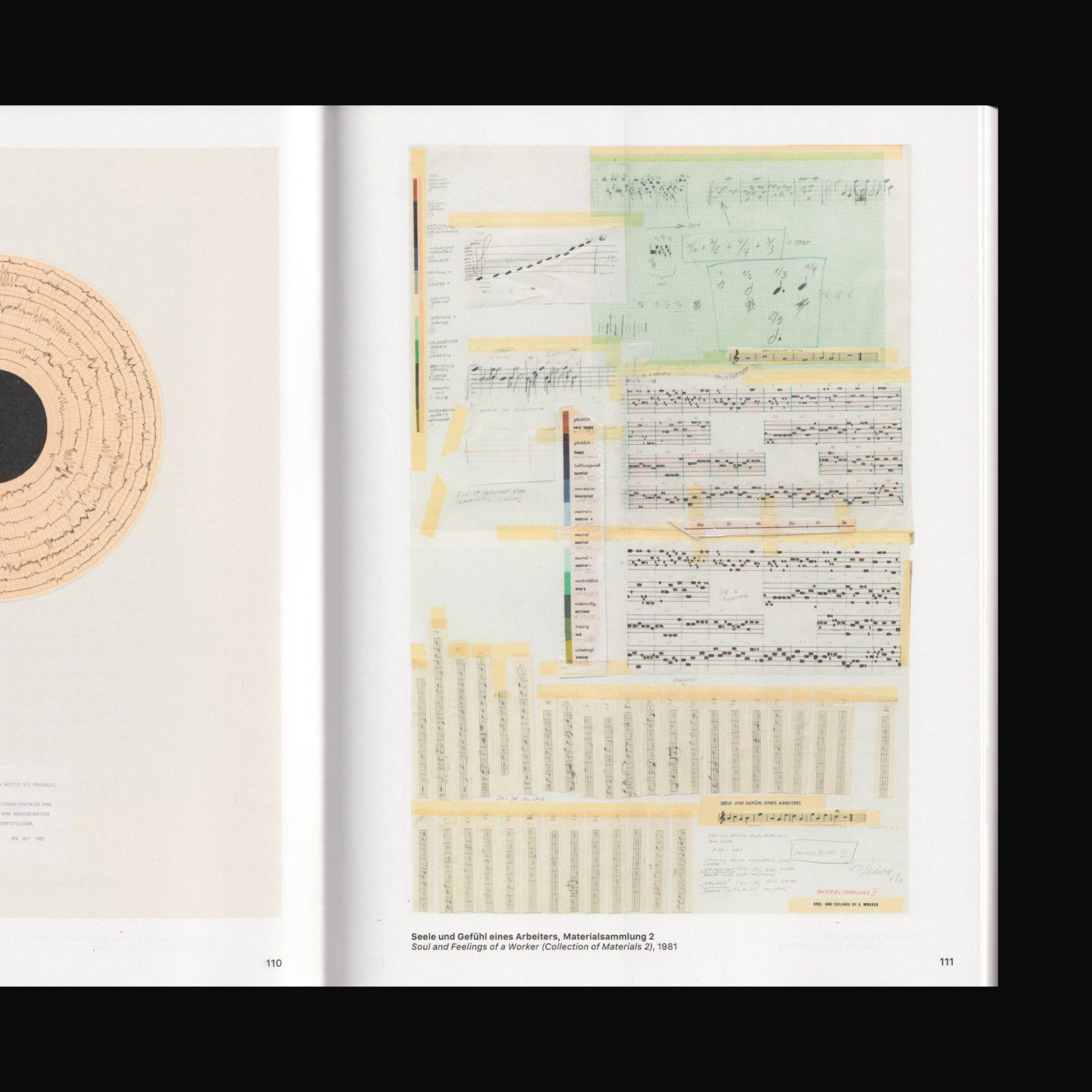
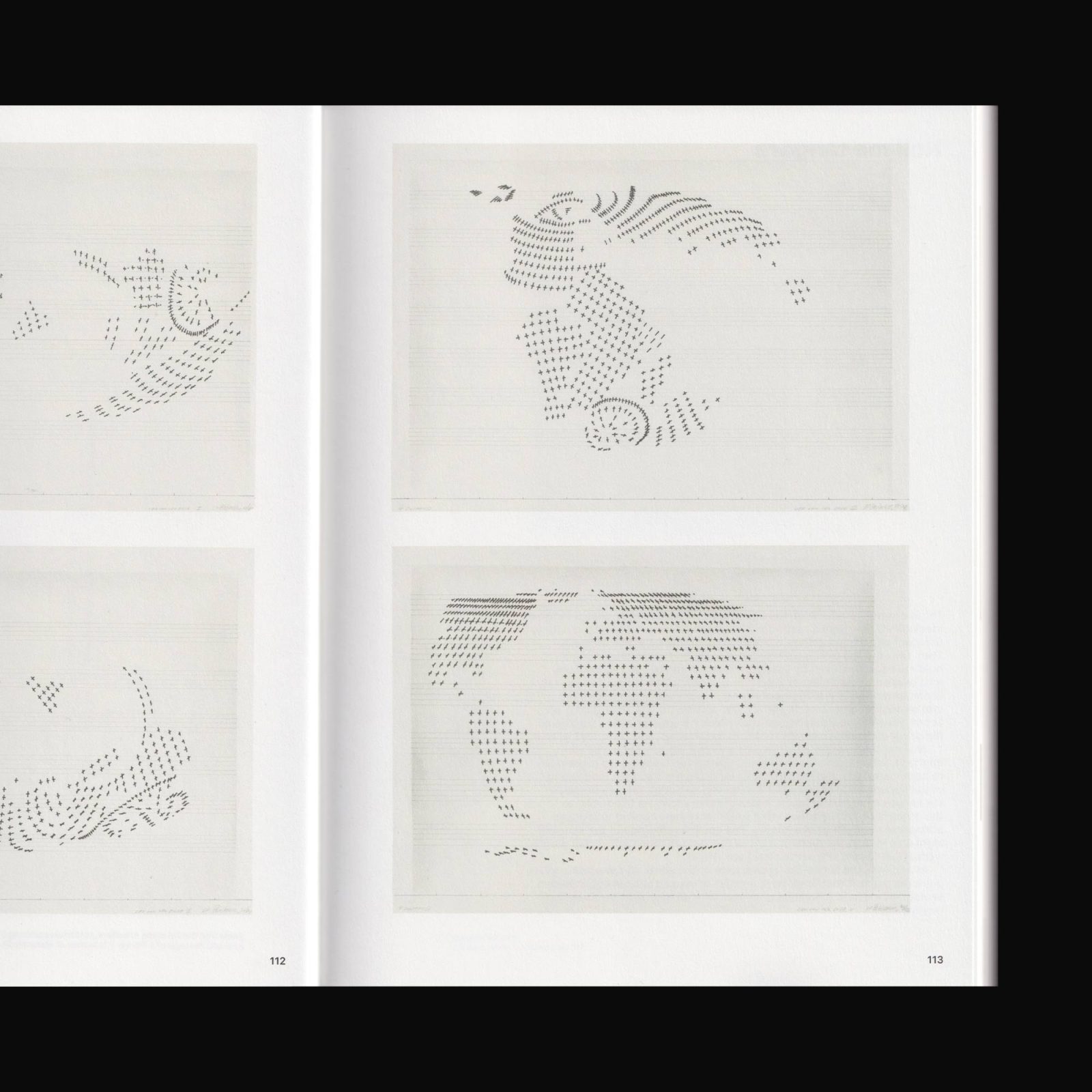
This comprehensive book on the work of the “capitalistic realist” KP Brehmer, who engaged with sociopolitical issues and tackled the visual media of the BRD and the conditions of capitalist image production and reception in a complex manner, is published on the occasion of what would have been his 80th birthday. He left behind a diverse, experimental, analytic and humorous oeuvre, which poses questions that are again becoming increasingly topical. In it he made use of image material from advertising and political propaganda in the form of posters, images from public television and from magazines and newspapers, which he presented in an altered context in the form of graphic art, paintings, printed editions, books or films. In collaboration with the artist’s estate and his former gallerist and collector René Block, the catalogue offers a multifaceted insight into work of KP Brehmer and facilitates a revaluation of the work.